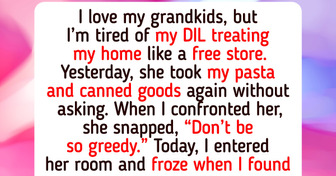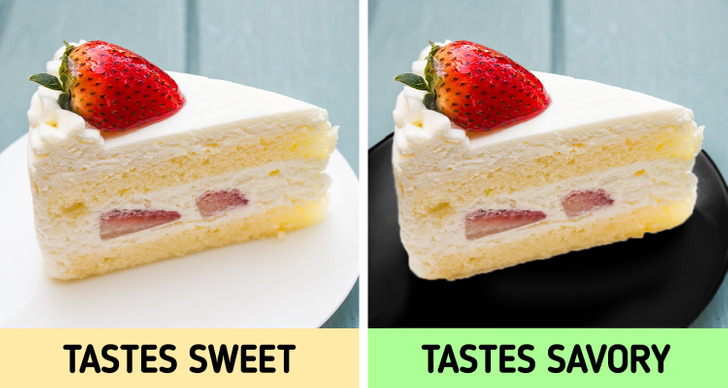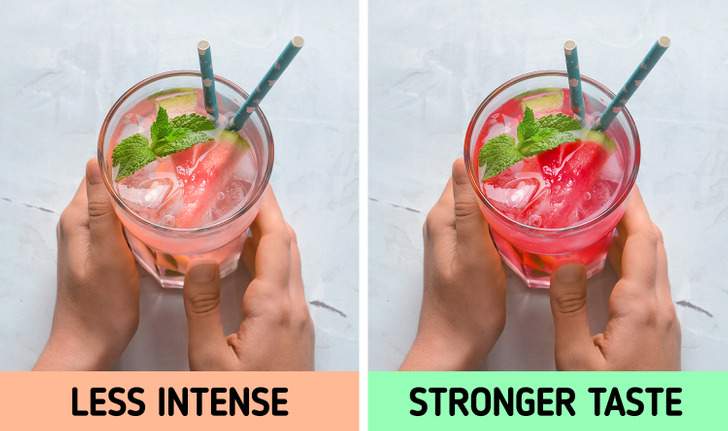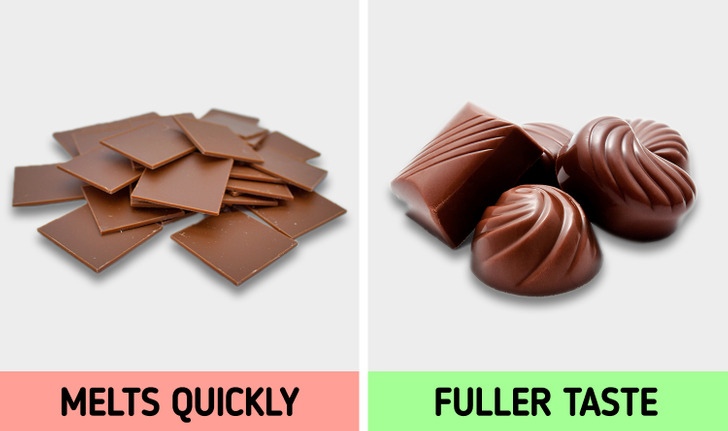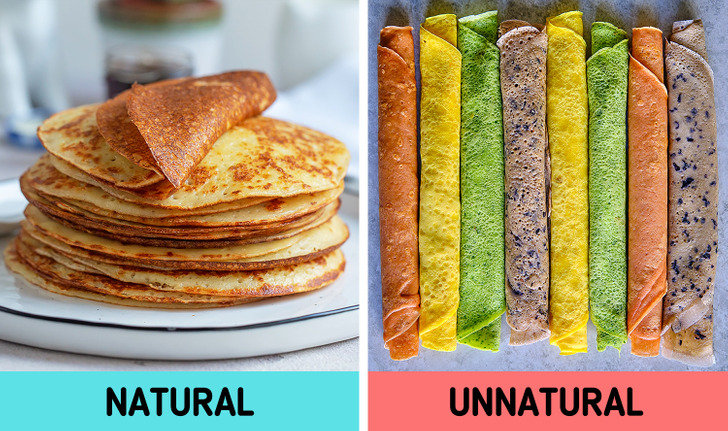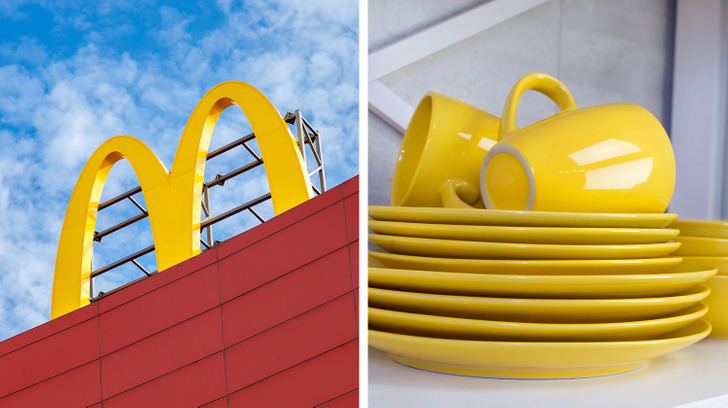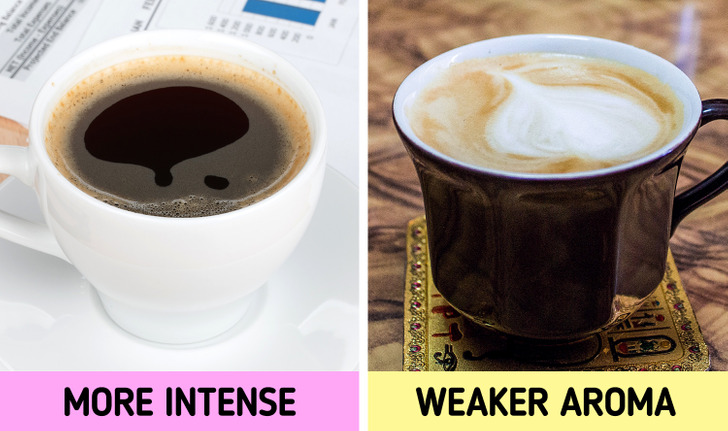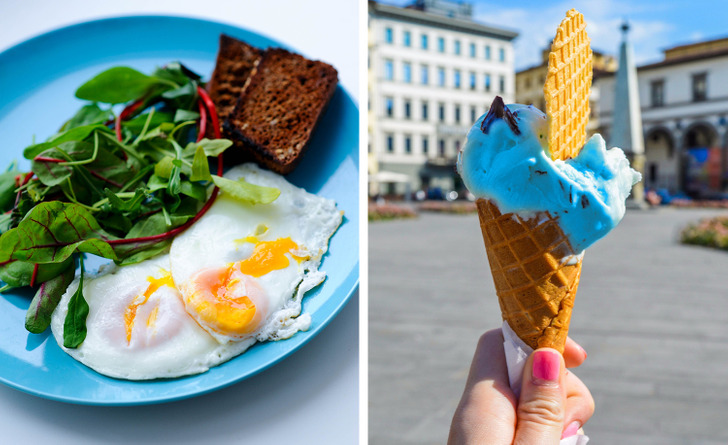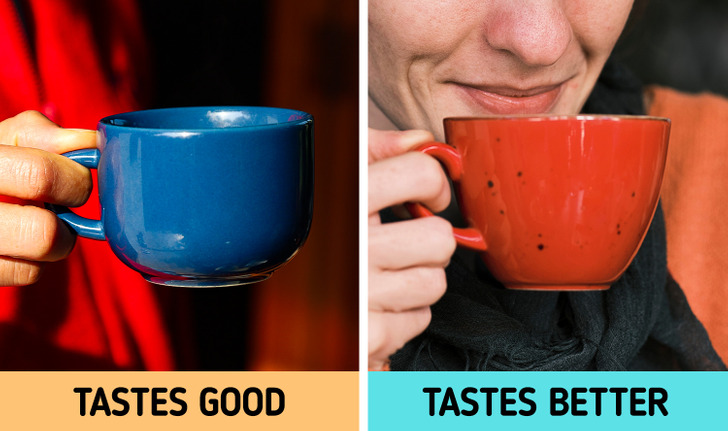Start working from home! Great work for-Ever, Stay at Home Moms OR anyone needs an extra income. Get started. You only need a computer and a reliable computer connection so don’t get late try……___ https://t.ly/NrQ6N
8 Tricks That Restaurants Use to Make You Hungrier and Their Food More Appealing
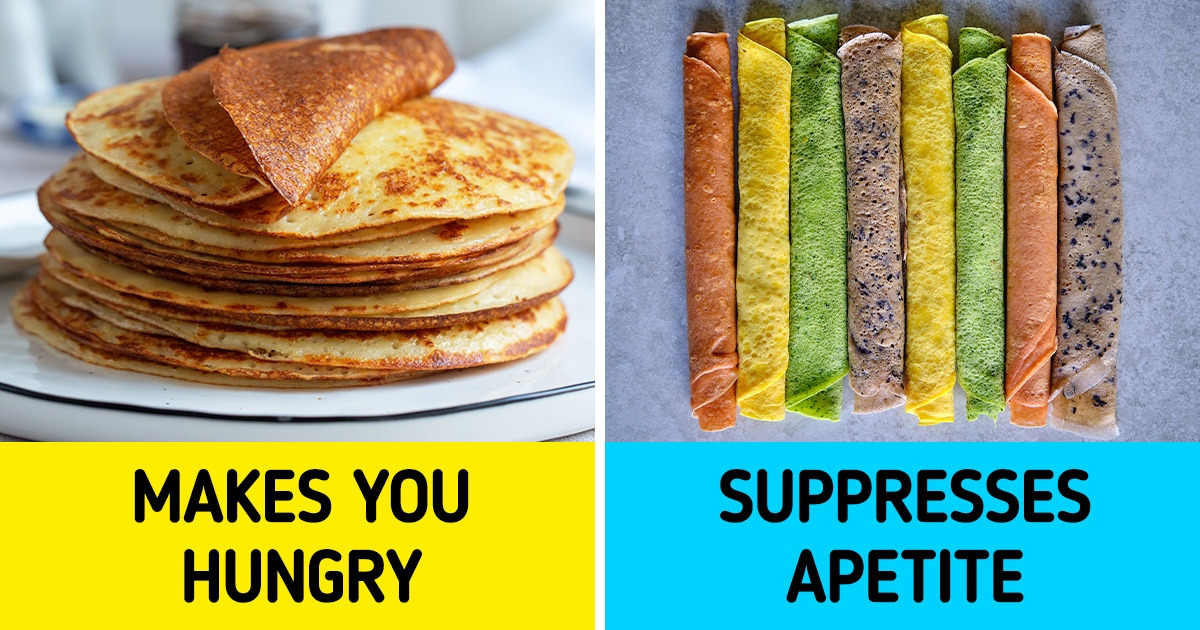
We can often hear people saying that they don’t care about how their food is served as long as it tastes good. However, there is much more behind a good meal than just combining the right ingredients. Experiments have shown that the way our food is served highly affects how we expect it to taste. Food experts know these psychological tricks and use them all the time to sell their products.
Bright Side has done a little research about the connection between flavor and food presentation. To show you that looks also matter, at least when it comes to food, we are bringing you 8 ways our food’s appearance can affect its taste.
1. White plates enhance sweet flavors, while black plates enhance savory flavors.
Studies have shown that plate color can affect how we perceive the flavor of our food. To test this, researchers gave small portions of strawberry mousse served on white or black plates to volunteers. It turned out that mousse served on a white plate was perceived as sweeter and tastier. On the other hand, black plates tend to accentuate more savory, salty tastes, and that’s why bitter or piquant food is usually served on them.
2. Red drinks taste stronger.
Another experiment has shown that the color of the drink affects its flavor. In this experiment, all volunteers were given cherry juice that varied in sweetness and intensity in red color. The conclusion was that drink of the deepest red color tasted the strongest.
In addition to that, volunteers claimed that those drinks tasted more like “real cherries.” And here lies the reason why juice and food manufacturers add so much coloring to their products.
3. The shape of chocolate affects its taste.
A box of chocolates usually contains pieces in several different shapes and styles, but this isn’t done randomly. In fact, the shape of chocolate highly affects how quickly it will melt in our mouths, which further affects the taste. Chocolate pieces with larger surfaces tend to release molecules from the food more rapidly. However, when a chocolatier wants a flavor to come slowly, they will choose a shape that doesn’t melt so quickly.
4. We dislike ordinary foods dyed in non-ordinary colors.
This one might seem like common sense, but food coloring can affect our perception of something way more than we would assume.
In this experiment, people were eating steak and fries in dim lighting. They all reported liking the food until the lights were turned on. After the participants saw that the steaks were colored blue and the fries, green, they refused to eat further. Even though the food tasted the same, some of them were literally sick.
5. Yellow and orange make us more hungry.
According to studies, our brain secretes more serotonin when we see the color yellow. Because of that, the hue is associated with warmth and happiness. This color generally makes us more optimistic and likely to eat more, and the same goes for orange. That’s why many popular restaurants use warm, appetite-stimulating colors, such as orange and yellow, in their designs.
6. The shape and color of your mug can affect the way coffee tastes.
Scientific studies have proven that the color and shape of a coffee cup affect drinkers’ perceptions of coffee. Reportedly, both amateurs and coffee experts found that the aroma was significantly more intense in a tulip-shaped cup. In addition to that, we associate dark colors with stronger tastes, and that’s why coffee tastes stronger in a white cup. Contrasted to the white mug, it looks even darker.
7. Blue is an appetite suppressant.
The relative absence of blue in nature, at least when it comes to things that are edible, makes it serve as an appetite suppressant. Except for blueberries, we can hardly connect the color blue to any food. Since we can’t associate blue with any food, we generally tend to eat less when we are in blue surroundings. Because of this, many weight loss programs include the usage of blue plates.
8. Hot chocolate tastes better in an orange mug.
The color of the cup we drink from can highly influence the way we think our beverages taste. Studies have shown that people prefer hot chocolate when it’s served in orange or cream cups. These colors seem to enhance the chocolate flavor, improving people’s acceptance of the beverage. Furthermore, people rated chocolate served in dark cream cups as sweeter and more intense.
Have you ever noticed these tricks in practice when visiting a restaurant or cafe?
Comments
Related Reads
19 People Who Saw Something Special in Everyday Life
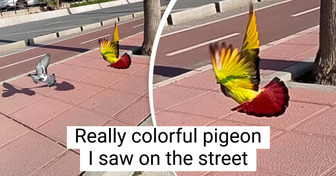
11 Curious Details We Almost Missed in Royal Photos
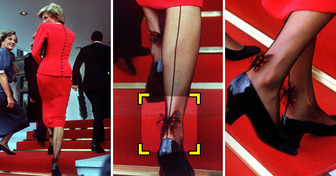
20 People Who Dared to Make an Online Purchase Despite the “Expectation-Reality” Thing

8 Things Parents Should Teach Their Kids to Protect Them From Abduction
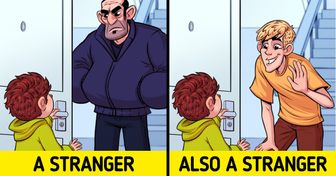
Challenge: Solve at Least 80% of the Riddles Without Making a Mistake
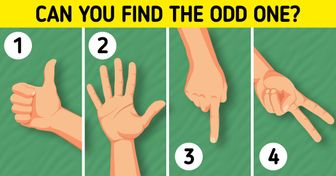
15 Photos That Show Sudden Moments Happen When You Least Expect Them
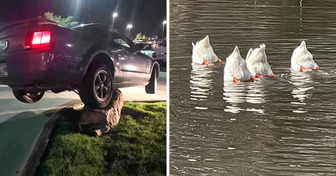
I Refused to Pay $100 to Buy My Millionaire Boss a Christmas Gift—I’m Not His Personal ATM
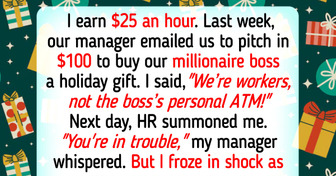
15 Moments That Show Kindness Is Our Greatest Power—Not Our Weakness
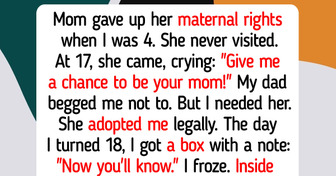
18 Stories That Show Kindness Can Be the Strongest Force of All

20+ Moments That Remind Us That Kindness Costs Nothing but Means Everything

11 Stories That Prove Kindness Is Not Weakness, It’s a Healing Superpower
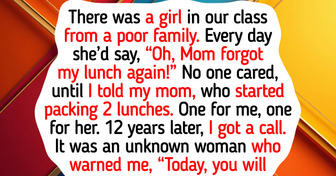
I Refuse to Let My DIL Treat My Home Like a Free Pantry
